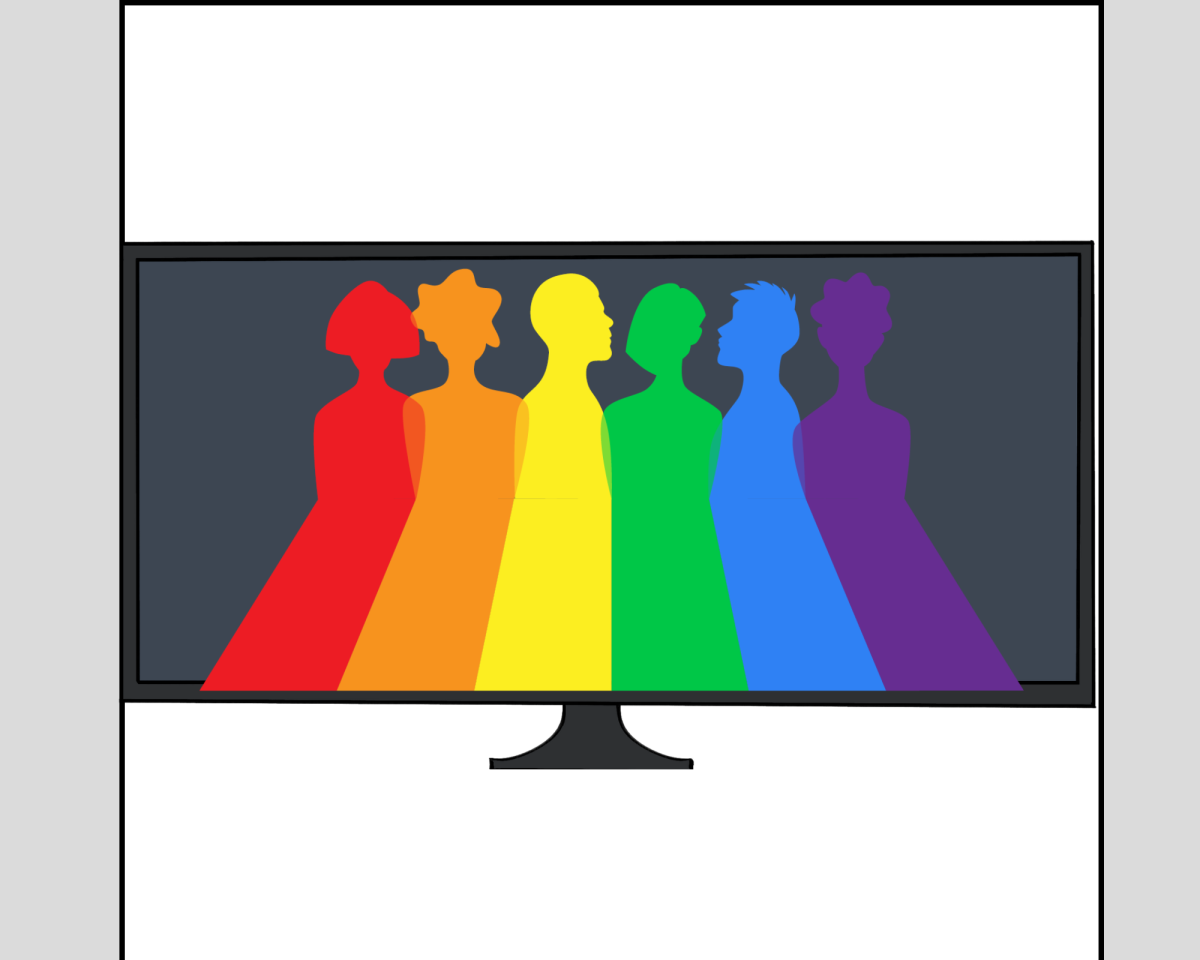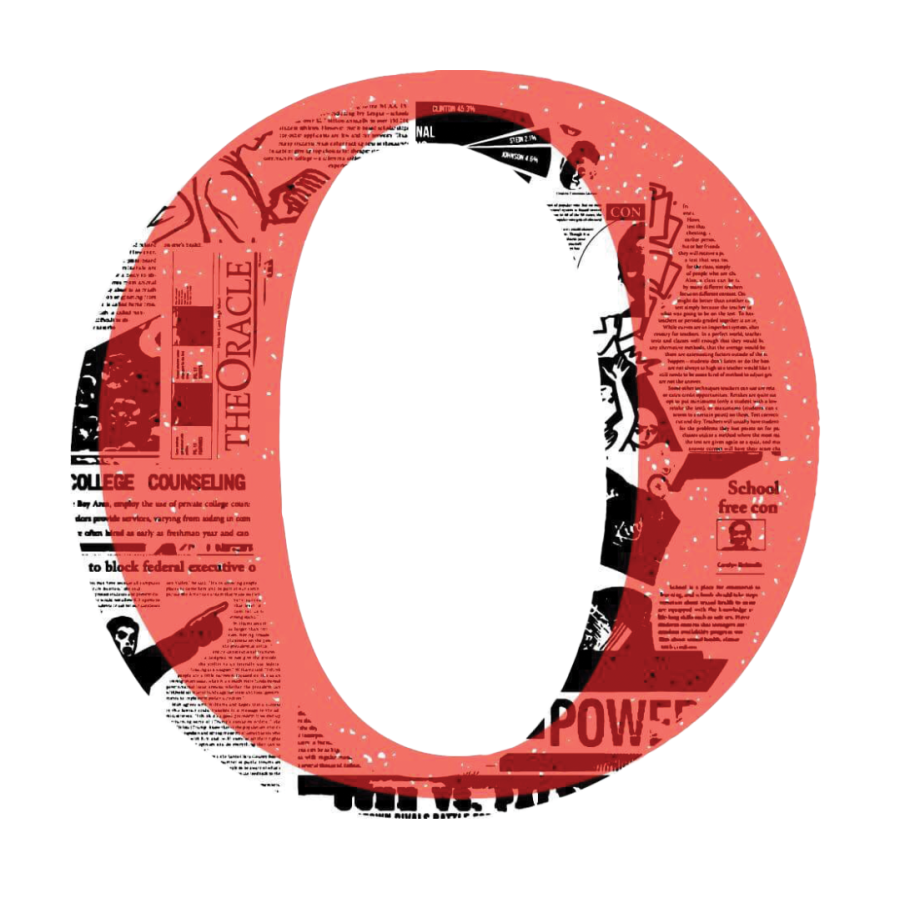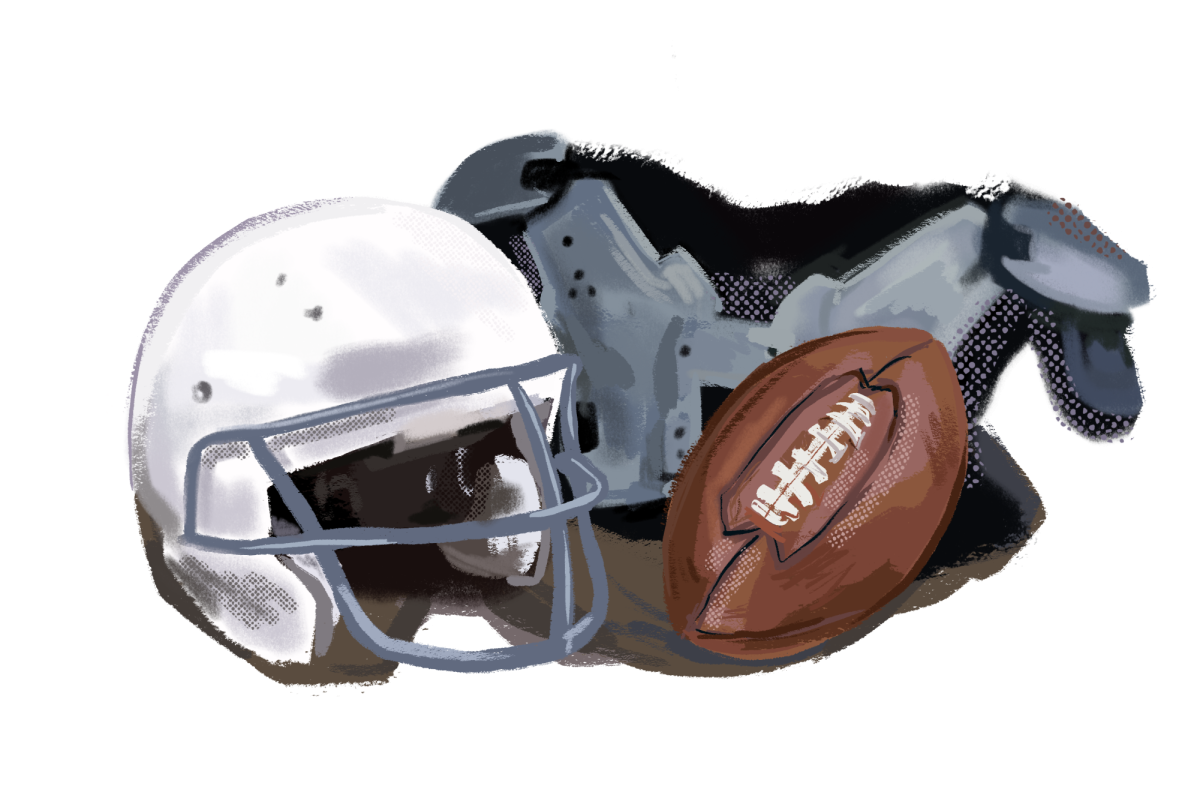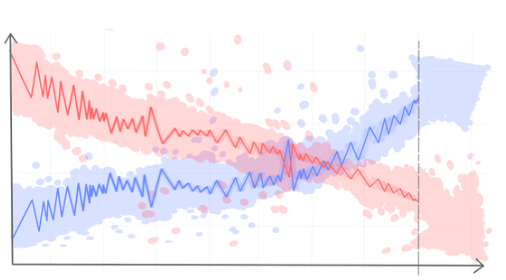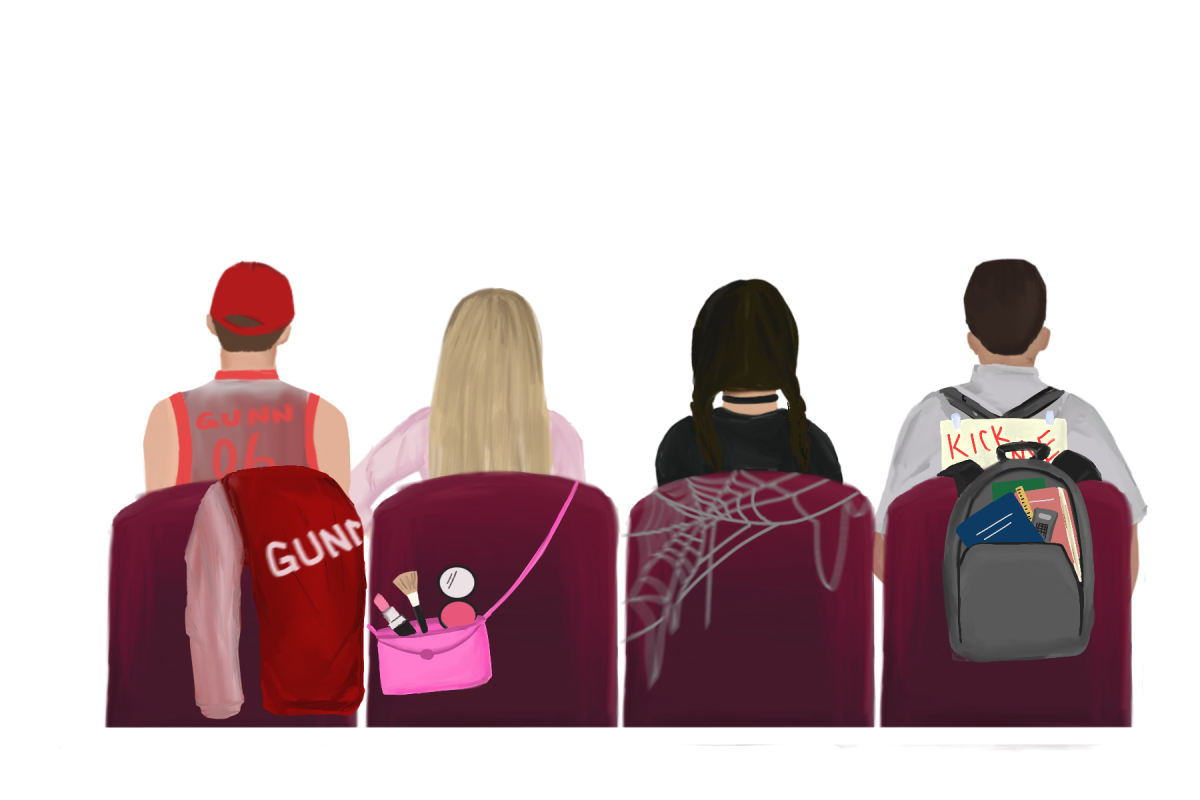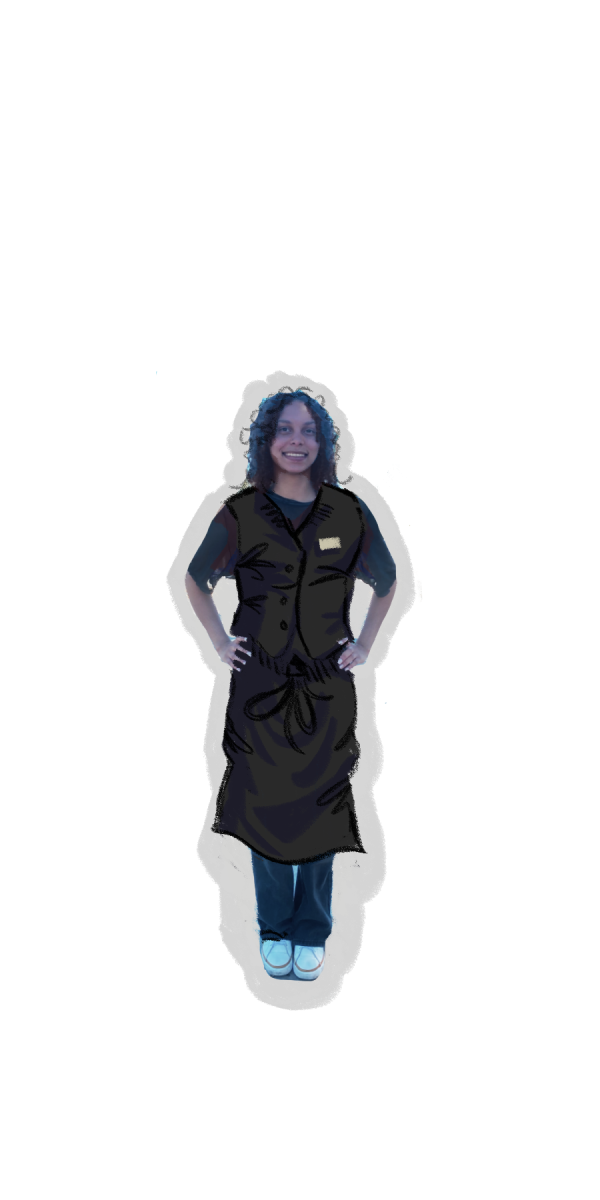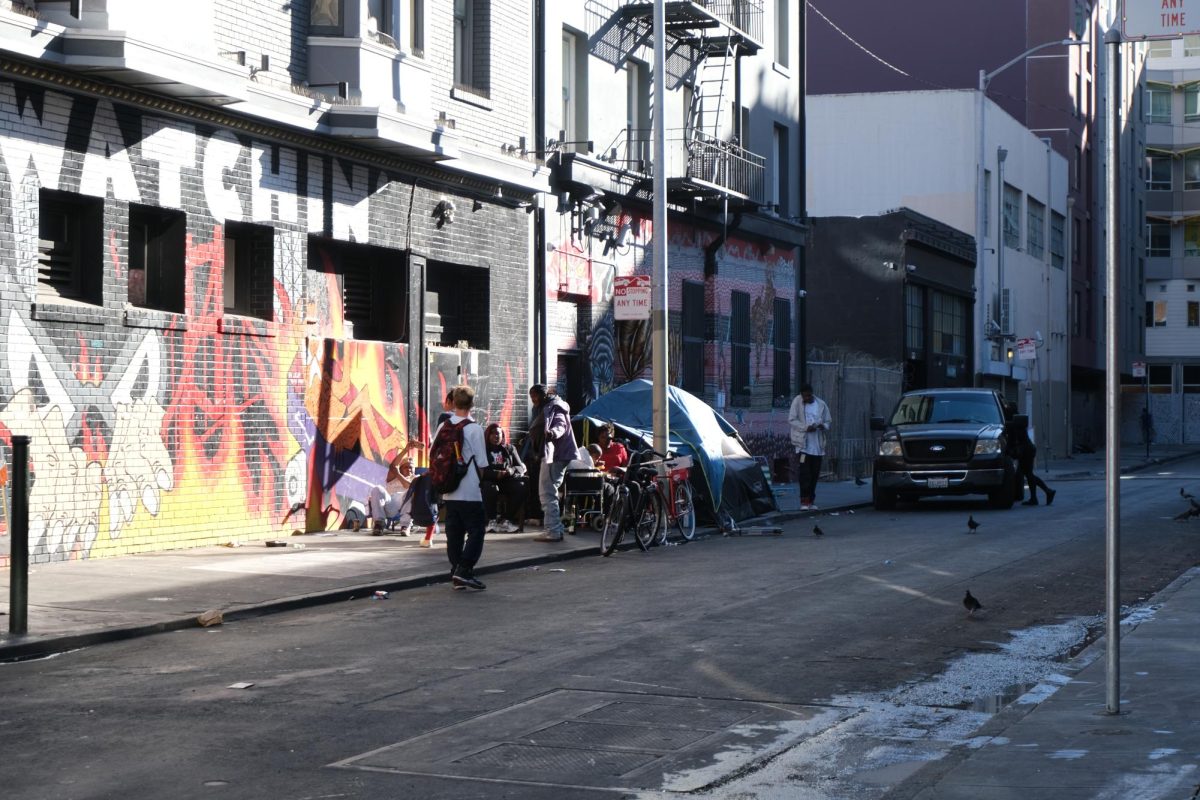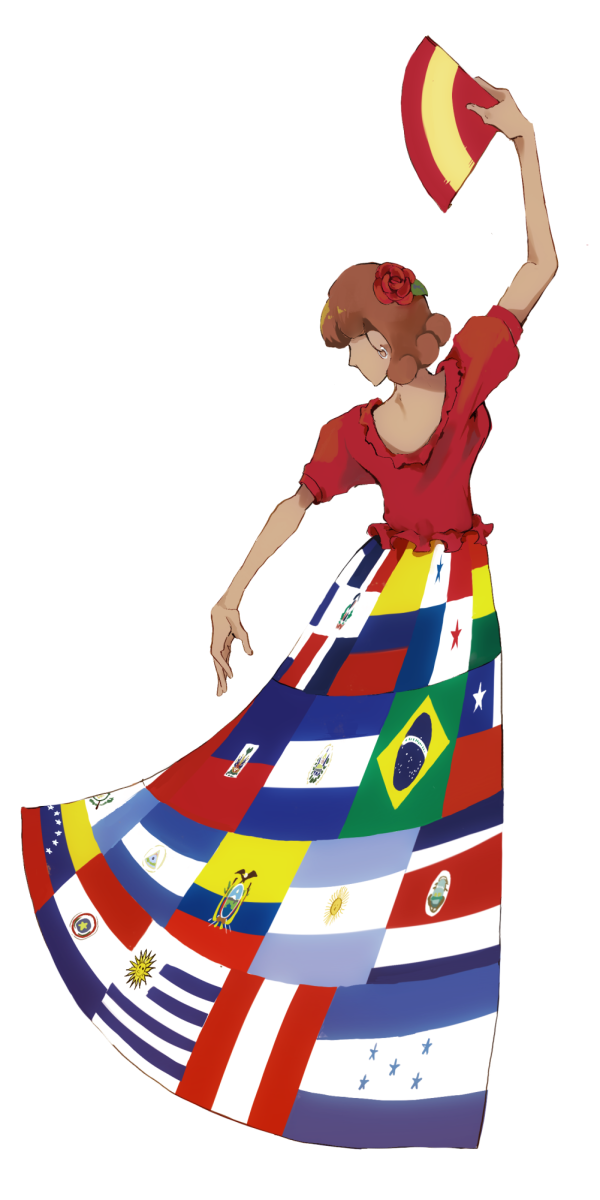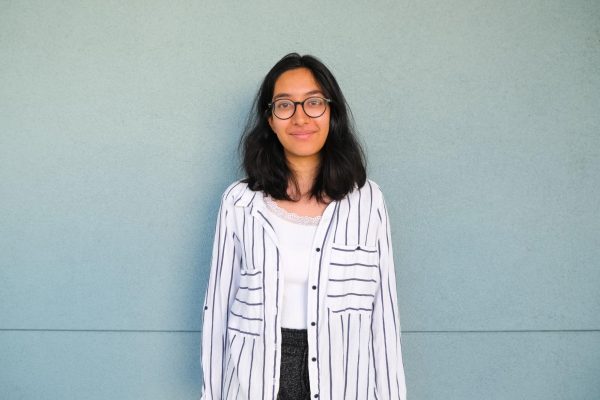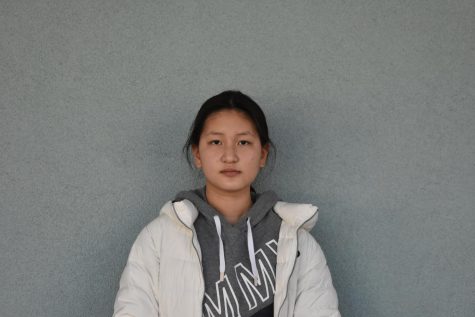Joss Whedon’s “Buffy the Vampire Slayer” sees the untimely death of supporting protagonist Tara Maclay by bullet wound, shortly after the lesbian character reconciles with her love interest, Willow Rosenberg. Similarly, in the popular fantasy-drama show “Game of Thrones,” fan favorite and openly bisexual character Oberyn Martell suffered a gruesome and unexpected end after his skull was crushed by the bare hands of a lesser skilled opponent.
Premature deaths of LGBTQ+ characters aren’t isolated incidents. Fans have observed that shows with LGBTQ+ representation tend to rely on harmful tropes and unvaried or inaccurate characterization.
Junior Olivia Souter said this pattern originates from the Hays Code, self-enforced industry guidelines that restricted what content could be shown onscreen between 1930 and 1968. While adherence was not legally required, studios that violated the code could face consequences such as boycotts and loss of their production seal.
“One of those (rules) was that your characters must be straight,” Souter said. “If there are any kisses on screen, they have to be between a man and (a woman).”
In a cinematic world where “good” always triumphed, characters who presented against the straight, white, cisgender ideal were condemned for even existing. Queer characters were often subjected to brutal, gruesome deaths, especially in horror movies such as the “Scream” franchise, “Final Destination” and “The Children’s Hour.”
“You might say, ‘Why is the queer character the one that dies first and dies the most brutally?’” Souter said. “But if you’re outside of the (LGBTQ+) community, and you don’t know the implications of that, you’re just like, ‘Oh, it’s a horror movie, everyone has brutal deaths.’”
The main purpose of these deaths was shock value, so these characters and their stories didn’t lead to meaningful representation, according to Souter.
“People have to die in television,” she said. “That’s just kind of the way it works. But it’s this way of giving queer fans just a tiny little bit of what their relationship could be, and then immediately taking it away in such a brutal way.”
One of these tropes, “Bury Your Gays” — in which queer characters are subjected to tragic, untimely deaths in an attempt to evoke an emotional audience response — disproportionately affected lesbian characters, hurting the LGBTQ+ community.
“Queer fans are tired of seeing their characters die,” Souter said. “Because if that’s all the media is showing, then you’ll believe all you’re good for is dying for someone else’s story.”
Even though television shows, movies and books are moving away from these arcs, other problems have begun to arise, such as stereotypes about how LGBTQ+ characters should act, dress and behave based on their identity. Queer men are often associated with flamboyance and femininity, while queer women are portrayed as masculine or tomboyish.
According to junior Phoebe Mota-Judges, being exposed to a narrow range of perspectives limits one’s self-expression and can skew people’s relationship with their identity.
“It’s always bothered me, when how someone looks and dresses is equated to their sexuality,” Mota-Judges said. “Because even though there can be influence, there is no right and wrong way to ‘look gay.’”
Junior Noah Murase has observed similar problems with how the media utilizes cookie-cutter plotlines for LGBTQ+ characters to avoid losing audience traction.
“Two people can say they’re bisexual and both be bisexual, but have completely different interpretations that are both completely valid,” he said. “Being queer is a unique experience to every person.”
Souter encourages creators and audiences to educate themselves on harmful queer tropes and avoid holding LGBTQ+ protagonists to different standards than their heterosexual counterparts.
“They’re just two people who are in love, or they’re just a person who’s trying to figure themselves out,” Souter said. “If you treat it like it’s this big thing that requires a joke at every turn, and they can’t hold a conversation without talking about (being queer), that’s not going to go the way it should.”
Similarly, Mota-Judges hopes that the media industry makes more space for diverse identities and experiences.
“It would be nice to see more diverse representation getting celebrated and accepted — not just stories that are about struggle,” she said. “They could be science fiction, going on crazy adventures, solving murder mysteries.”
For Souter, heartfelt, dynamic stories that don’t rely on stereotypical and harmful characterizations of queer characters can have a lasting impact.
“Representation is really, really important, especially in media that’s aimed at kids, teenagers and young adults,” Souter said. “Because being able to see someone onscreen who looks like you, acts like you, has similar disabilities or loves the same way that you do is really, really powerful.”


